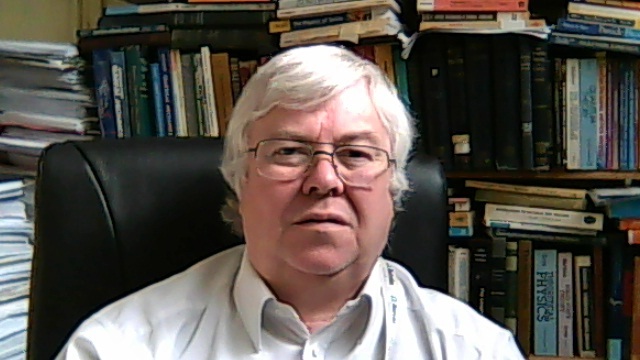CRANN photo depicting the splitting of water via a new method developed by a research team at the institute
Hydrogen gas is being heralded as the next big thing in the race to come up with new greener energy sources. Now, researchers at the Irish nanoscience institute CRANN say they have developed a new method of splitting water into hydrogen and oxygen more sustainably via water electrolysis.
The researchers, who are based at the Science Foundation Ireland-funded nanoscience institute CRANN, which is situated on the Trinity College Dublin (TCD) campus, are claiming their discovery will have a “significant” impact in the worldwide race to cheaply and efficiently produce hydrogen gas.
In scientific and clean-tech circles, hydrogen gas has been hailed as one of the main clean-energy sources of the future.
Green hydrogen
Prof Mike Lyons, a principal investigator at CRANN and TCD’s School of Chemistry, has worked with his research team to develop what they are calling new inexpensive materials based on iron and nickel oxide to split water into its components hydrogen and oxygen – a method known as water electrolysis.
Apparently, these materials from iron and nickel oxide are much cheaper, more readily available and more efficient than those used in current electrolysis methods.
Hydrogen gas has been pinpointed as one of the most innovative and greener alternative energy sources of the future. Its production using steam reforming of natural gas is still relatively difficult and unsustainable, however.
In contrast, hydrogen generation by water electrolysis could pave the way for a reliable, environmentally friendly method of large-scale production.

Prof Mike Lyons, principal investigator, CRANN, where he is leading a research team to come up with a more sustainable method for water electrolysis
The researchers at CRANN involved in the water-splitting project believe their methods are the first inexpensive and efficient methods of water electrolysis to be identified worldwide.
Their research has already triggered international interest and recently received ‘Hot Article Status’ in the chemistry journal Physical Chemistry Chemical Physics (PCCP). Hot Article Status, it seems, is given to articles of high impact and high quality.
Prof John Boland, director of CRANN, said the results of nanoscience research is paving the way for revamping a range of industries – from medicine, to technology to energy production.
“Whether it is in lightweight coatings for wind turbines, or new sensors for solar panels, our methods continue to assist in the move to sustainable, alternative and clean energy supply,” he said.
A world first?
Boland believes Lyons and his research team’s method of splitting water is a “world first”.
“It truly has the potential to revolutionise the production of hydrogen gas and bring it one step closer as a realistic energy alternative,” he said.
Lyons has received funding to the value of almost €800,000 from SFI for this research.
“With my team of researchers, we are consistently striving to use well-known research methods to deliver unprecedented results,” he said today.
This method of water electrolysis, explained Lyons, takes the simplest of materials – nickel and iron – and uses them to “ground-breaking” effect.
“Hydrogen is the next clean-energy source and CRANN is leading the international race to find its best method of production,” added Lyons.
As well as his work at CRANN, Lyons also leads the Trinity Electrochemical Energy Conversion and Electrocatalysis Group. He has published two books and more than 110 papers, and has a h-index of 25, which demonstrates the worldwide impact of his research.